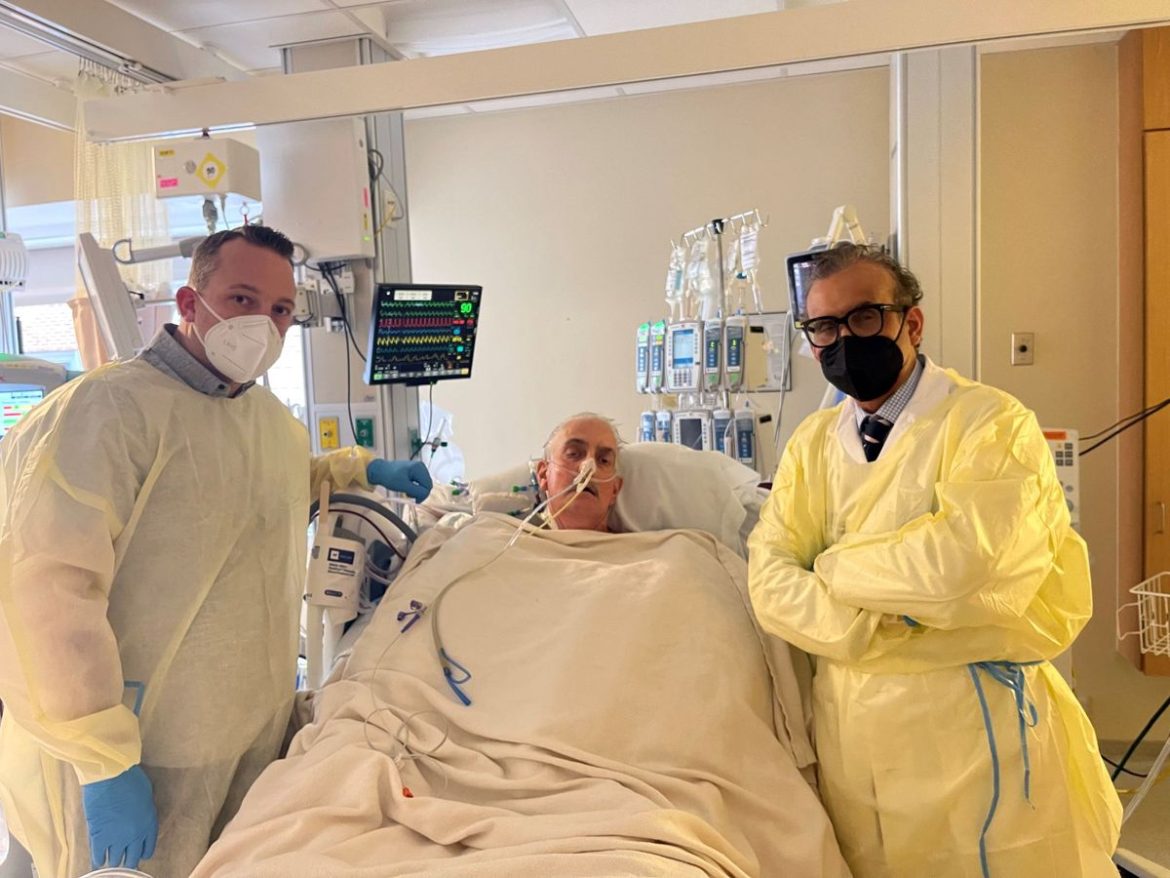A Historic Medical Milestone
In a groundbreaking achievement for medical science, Chinese doctors and scientists have successfully transplanted a genetically modified pig liver into a living human patient for the first time. The procedure, hailed as a revolutionary step in organ transplantation, could pave the way for new treatments for patients with severe liver conditions who cannot find human donors.
The operation was carried out by a team at Anhui Medical University in China in May 2024. The recipient was a 71-year-old man suffering from advanced liver disease caused by hepatitis B. In addition, the patient had a large, untreatable tumor in his liver, which made conventional transplantation impossible. Faced with the absence of a suitable human donor, the medical team opted for a pig liver transplant as an experimental but potentially life-saving solution.
Genetic Engineering for Compatibility
The pig liver used in the transplant underwent extensive genetic modifications. Scientists altered ten key genes to reduce the risk of rejection by the human immune system. This careful engineering aimed to ensure that the liver would function effectively in the human body and avoid triggering severe immune responses.
Immediately after transplantation, the liver began functioning. It turned red, started producing bile, and significantly improved the patient’s metabolic functions. Doctors monitored the patient closely, and during the first ten days, no adverse immune reactions were observed, marking a promising start for this pioneering procedure.
Progress and Complications
While the initial results were encouraging, complications began to emerge by the 25th day. The patient’s own liver gradually regained some functionality, which allowed doctors to remove the pig liver on the 38th day.
Overall, the patient survived for 171 days after the procedure. On the 135th day, he experienced severe bleeding, which ultimately contributed to his death. Despite this, medical experts consider the transplant a success because it demonstrated that pig-to-human liver transplantation is technically possible and can temporarily sustain life in patients with end-stage liver disease.
Why Liver Transplants Are Especially Challenging
The liver is a highly complex organ responsible for filtering blood, removing toxins, regulating blood sugar, and producing bile. Compared with heart or kidney transplants, liver transplantation is particularly difficult due to its delicate structure and essential metabolic functions.
In this patient’s case, the liver was so severely damaged that partial resection would not have been life-saving. The pig liver served as a temporary replacement to maintain metabolic activity while doctors monitored the patient’s recovery and immune response.
Ethical and Scientific Significance
The patient and his family consented to the experimental procedure, providing invaluable support for medical research. Doctors expressed their gratitude, stating, “We are deeply thankful to the patient and his family for their selfless contribution to humanity and scientific progress.”
The study, published in the Journal of Hepatology, is being hailed as a potential model for patients with severe liver disease who cannot find human donors. While pig-to-human transplants remain experimental, this case demonstrates that xenotransplantation—transplanting organs from one species to another—could offer a temporary, life-sustaining solution for critically ill patients.
Looking Ahead
Experts caution that while this development is promising, pig-to-human liver transplants are not yet a standard treatment. Further research is needed to address complications such as immune rejection, bleeding, and long-term organ function.
Nonetheless, the successful transplantation marks a major step forward. It underscores the potential of combining genetic engineering with innovative surgical techniques to address the global shortage of donor organs. According to the World Health Organization, thousands of patients die each year while waiting for liver transplants, highlighting the urgent need for alternative solutions.
This pioneering procedure could eventually save countless lives, especially for patients whose conditions leave no other options.















